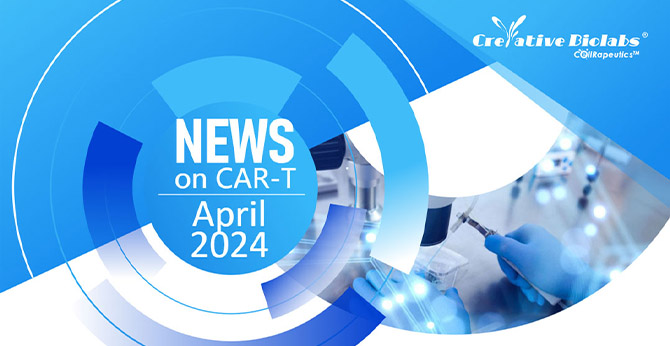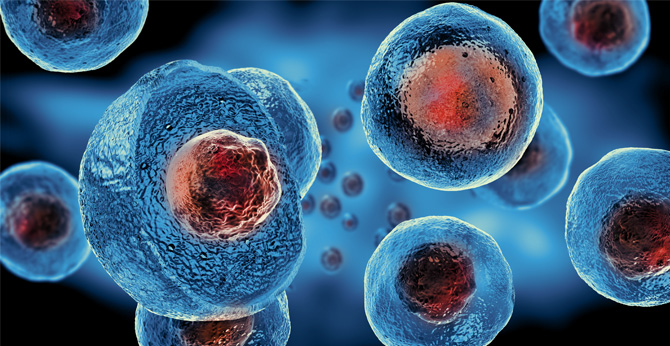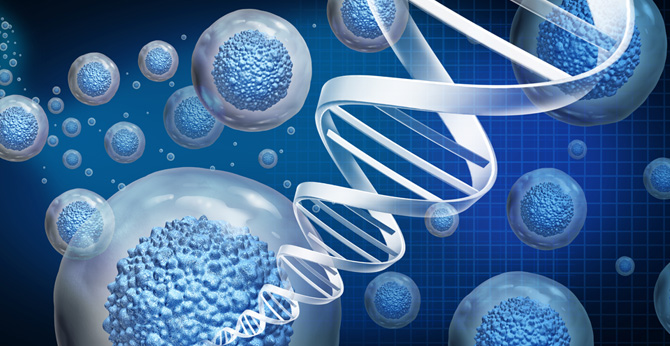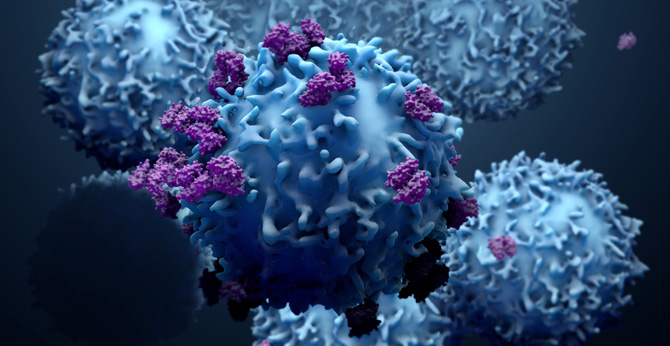All products and services are For Research Use Only and CANNOT be used in the treatment or diagnosis of disease.
Cancer immunotherapy strategies based on the endogenous secretion of T cell-redirecting bispecific antibodies by engineered T lymphocytes (STAb-T) are emerging as alternative or complementary approaches to those based on chimeric antigen receptors (CAR-T). The antitumor efficacy of bispecific T cell engager-secreting STAb-T cells has been demonstrated in several mouse models.
Creative Biolabs provides a complete list of ready-to-use CD3-X BsAb Secreting T Cell Redirecting Vector, which are artificial vectors designed to engineer T lymphocytes, resulting in T cell cytokine secretion and cytotoxic effector function. The T cell-redirecting CD3-X vectors can be used to develop STAb-based immunotherapies.
There are currently no customer reviews or questions for Anti-CD56 X CD3 BsAb Secreting T Cell Redirecting Vector (CD56xCD3) (XS-0722-ZP3977). Click the button below to contact us or submit your feedback about this product.
For research use only. Not intended for any clinical use. No products from Creative Biolabs may be resold, modified for resale or used to manufacture commercial products without prior written approval from Creative Biolabs.
For any technical issues or product/service related questions, please leave your information below. Our team will contact you soon.
 NEWSLETTER
NEWSLETTER
The latest newsletter to introduce the latest breaking information, our site updates, field and other scientific news, important events, and insights from industry leaders
LEARN MORE NEWSLETTER NEW SOLUTION
NEW SOLUTION
CellRapeutics™ In Vivo Cell Engineering: One-stop in vivo T/B/NK cell and macrophage engineering services covering vectors construction to function verification.
LEARN MORE SOLUTION NOVEL TECHNOLOGY
NOVEL TECHNOLOGY
Silence™ CAR-T Cell: A novel platform to enhance CAR-T cell immunotherapy by combining RNAi technology to suppress genes that may impede CAR functionality.
LEARN MORE NOVEL TECHNOLOGY NEW SOLUTION
NEW SOLUTION
Canine CAR-T Therapy Development: From early target discovery, CAR design and construction, cell culture, and transfection, to in vitro and in vivo function validation.
LEARN MORE SOLUTION

